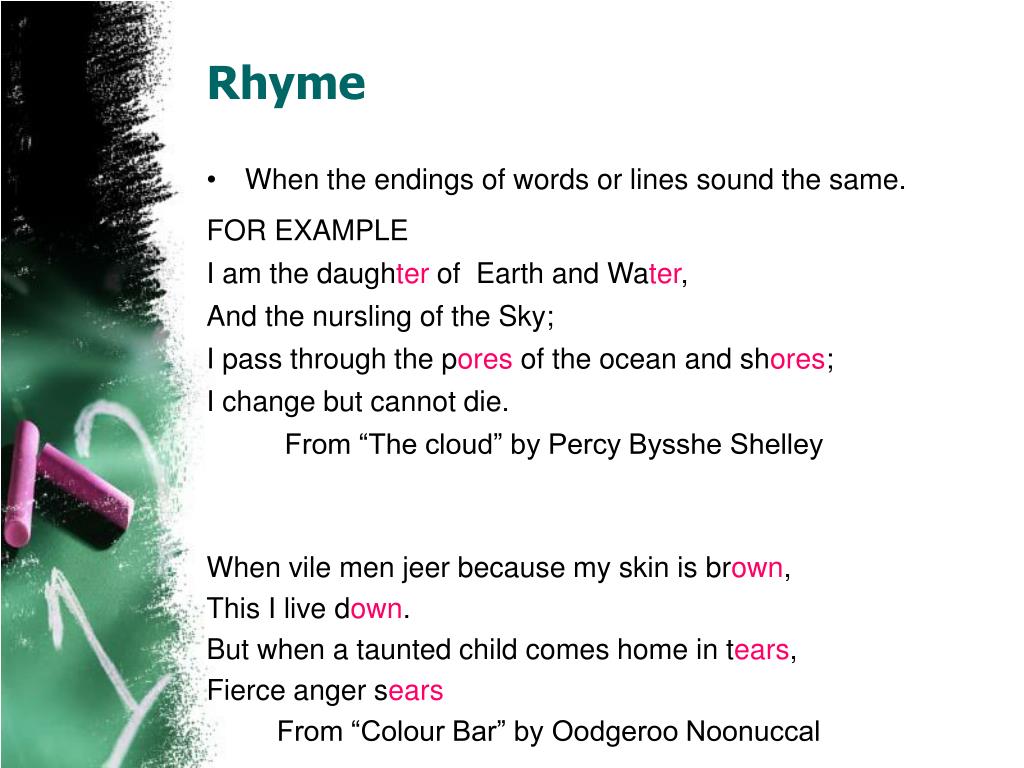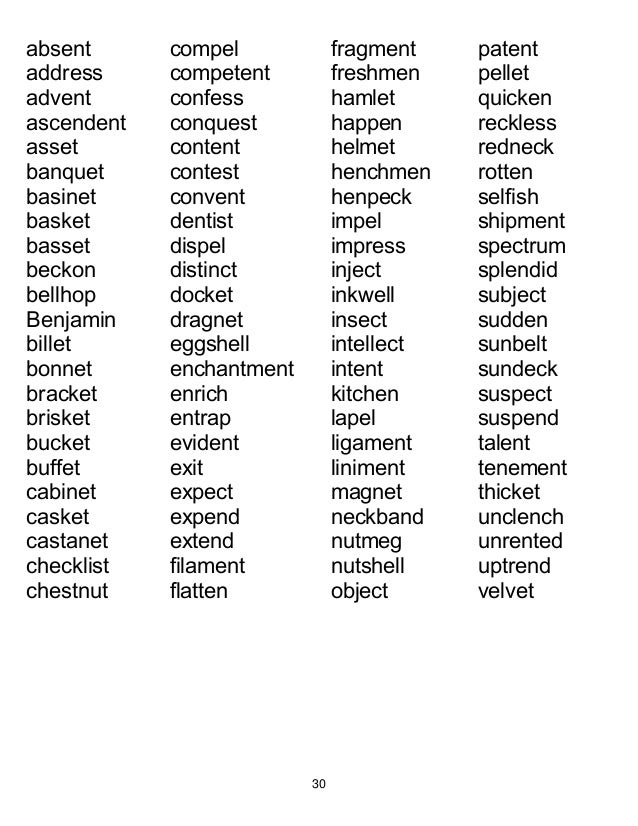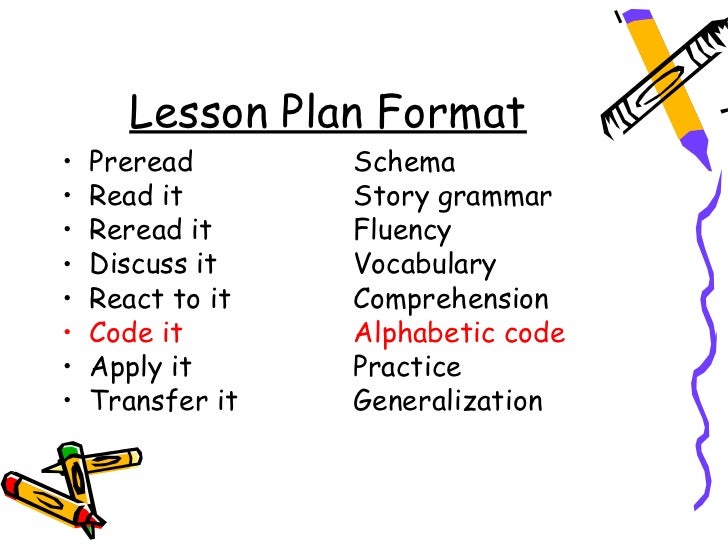
You can write as many lines as you want like this. Just look at the list of rhyming onomatopoeia words and string a few together, like this: You could even write an entire poem with almost nothing but onomatopoeia words if you like. To make this as easy as possible, I have created a list of rhyming onomatopoeia words, such as bash / crash / smash, and growl / howl / yowl. If you are writing rhyming poetry, sometimes you may even want to rhyme some of your onomatopoeia words. In other words, as you write, and as you edit and revise your poems, look for opportunities to replace your verbs with ones that also evoke sounds. This morning a dinosaur came into school,įerocious, atrocious, and covered with drool.Īnd walked around looking something to maul. Without the onomatopoeia, it would lose a lot of its impact, as you can see below. As you can see, these words not only describe what the dinosaur is doing, but they evoke the sounds he is making as well. I’ve underlined the onomatopoeia words in these two stanzas to make them easier to spot. He snatched up a chair in his teeth with a crunch,

That beast was undoubtedly ready for lunch. His head hit the ceiling and busted a board. He stomped and he snorted, he bellowed and roared. He had to be practically twenty feet tall,Īnd banged around looking something to maul. This morning a dinosaur tromped into school,įerocious, atrocious, and dripping with drool.

Take a look at this excerpt from my poem “ What to Do with a Dinosaur” from my book Revenge of the Lunch Ladies. With onomatopoeia your words can do double duty, conveying both meaning and sensation. In poetry, on the other hand, the more meaning or emotion you can pack into just a few words, the better. But it’s also okay to be as descriptive as possible. If you are writing prose-stories, essays, etc.-you still want to be concise to avoid using unnecessary words. Poetry is often described as “condensed language,” meaning that it tries to convey as much meaning and feeling as possible with few words.

But what if, instead, you said:ĭo you see how this evokes the sense of sound? If gives the reader not just a visual image of the skier, but also the sound that their skis make on the snow, and perhaps even the side-to-side motion of the skis, all without adding extra words. This describes what you are doing, and the reader can certainly visualize it. Let’s say you were writing a poem about skiing and you said: If your poem contains actions, it’s a good idea to include onomatopoeia in your writing. Using onomatopoeia in a poem can engage the reader’s senses with more vivid imagery and heightened sensory impact, without having to use additional words. For example, the word “boom” sounds like an explosion, and the word “moo” sounds like the noise a cow makes. And I’ll show you why you want to include onomatopoeia in your poems.Īn onomatopoeia (pronounced on-uh-mah-tuh- pee-uh) is a word that sounds like the action it describes. In this lesson, I’ll show you an easy way to write an “onomatopoeia poem,” or what I like to call an “onomatopoem,” even though that isn’t a real word.


 0 kommentar(er)
0 kommentar(er)
